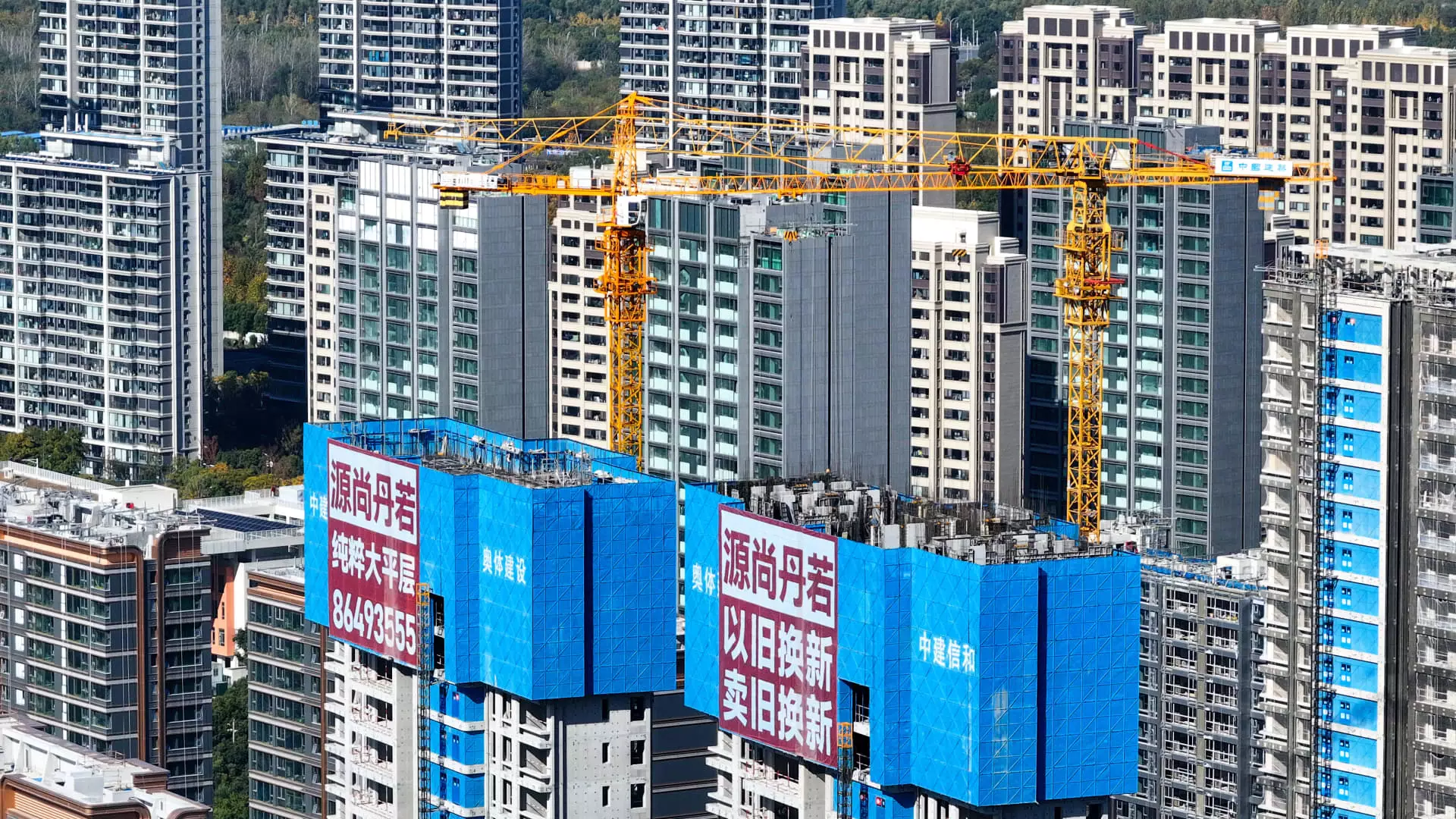China, the world’s second-largest economy, has recently initiated a series of stimulus measures aimed at rejuvenating its growth. While these measures have generated some optimism, the overall impact has been tepid, leading to skepticism about the country’s economic rebound. Recent data and corporate earnings reports reveal that, despite some improvements in specific sectors such as real estate and manufacturing, the broader economy remains sluggish.
In late September, the Chinese government began rolling out a variety of stimulus packages intended to stimulate economic activity in various sectors. Particularly notable was the response from the real estate market, which showed signs of revitalization following these announcements. However, major corporations, including the food delivery service Meituan, have cautiously downplayed expectations regarding the immediate effects of these measures. During a recent earnings call, Meituan’s CFO, Shaohui Chen, explained that while the average hotel order value for the company’s travel booking services saw a slight decline in October compared to previous months, the overall sentiment regarding consumer spending remains cautious.
This sentiment resonates across several industries, as leaders from well-known companies like Alibaba and Tencent echoed similar hesitance during their earnings calls. They conveyed that although stimulus measures are a step in the right direction, translating these policies into tangible growth will take time. This cautious perspective underscores the fact that while new policies aim for a 5% growth target this year, achieving this goal without exacerbating financial instability presents a complex challenge.
Recent preliminary indicators for November provide a nuanced picture of China’s economic landscape. The Caixin purchasing managers’ index (PMI) for manufacturing registered a notable increase, suggesting a recovery in factory activity at 51.5, the highest mark since June. Conversely, the official PMI held at 50.3, also signaling an uptick since April. While these numbers hint at a recovering manufacturing sector, they gloss over the persistent struggles in the labor market, where employment has contracted for the third consecutive month.
Wang Zhe, a senior economist at Caixin Insight Group, pointed out that the rebound in manufacturing does not necessarily reflect robust labor market improvement. This disconnect further highlights the uneven impact of government stimulus measures. The decline in employment suggests that companies remain hesitant to commit to expanding their workforce, indicating lingering uncertainty about the broader economic environment. Even as the economy shows signs of bottoming out, a more profound recovery will require sustained efforts and strengthening consumer confidence.
As China’s economy grapples with internal challenges, external factors are also influencing its growth trajectory. Recent geopolitical tensions, particularly the renewed restrictions imposed by the United States on Chinese semiconductor manufacturers, add to the uncertainty faced by Chinese businesses. The Trump administration’s anticipated tariffs on Chinese imports could further strain economic relations, complicating China’s efforts to stimulate growth.
The China Beige Book’s latest survey of over 1,500 companies reveals a mixed outlook. While retail spending and home sales have shown improvement from the previous year, service sector consumption remains markedly weak. Notably, the survey also highlighted an increase in borrowing among firms, indicating a potential willingness to invest despite the harsh economic climate. However, many businesses are now looking to the government for extended support if they are to maintain momentum in their recovery efforts.
China’s Ministry of Finance has expressed the possibility of additional fiscal support in the upcoming year, which adds a layer of hope to the economic forecast. Investors are likely to keep a close watch on the annual economic planning meeting typically held in mid-December for further details on these strategies.
While China has taken proactive steps to stimulate its economy, the effects of these measures have yet to permeate the broader market, according to recent reports and company earnings. The path to recovery is complex, hindered by cautious corporate sentiment and external geopolitical pressures. As China navigates this landscape, the effectiveness of its stimulus measures and subsequent policy decisions will be crucial in shaping its economic future.

